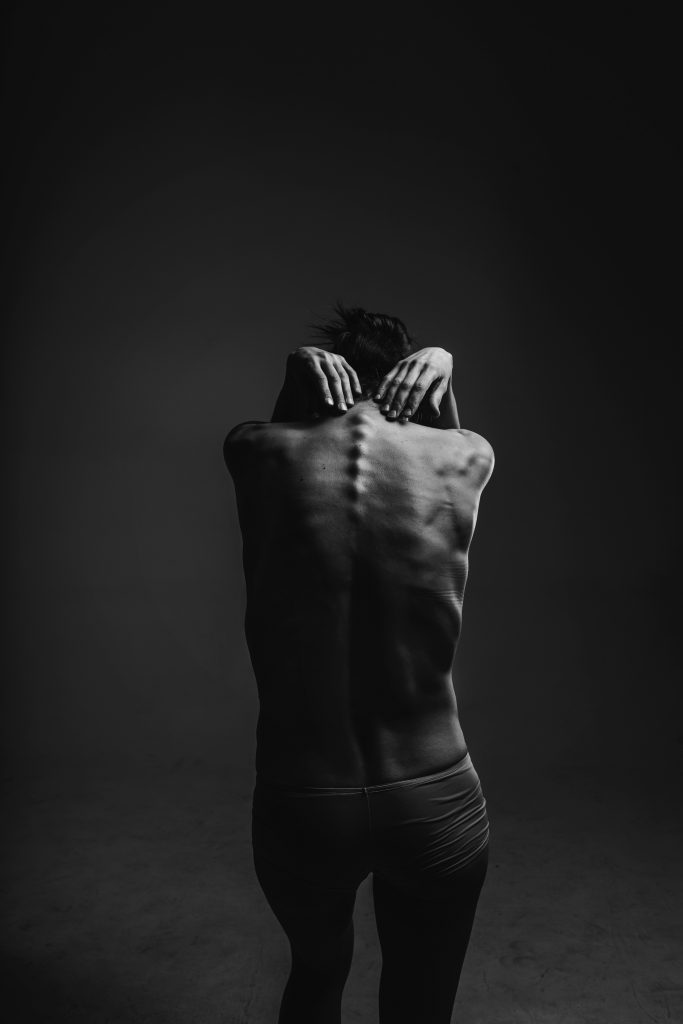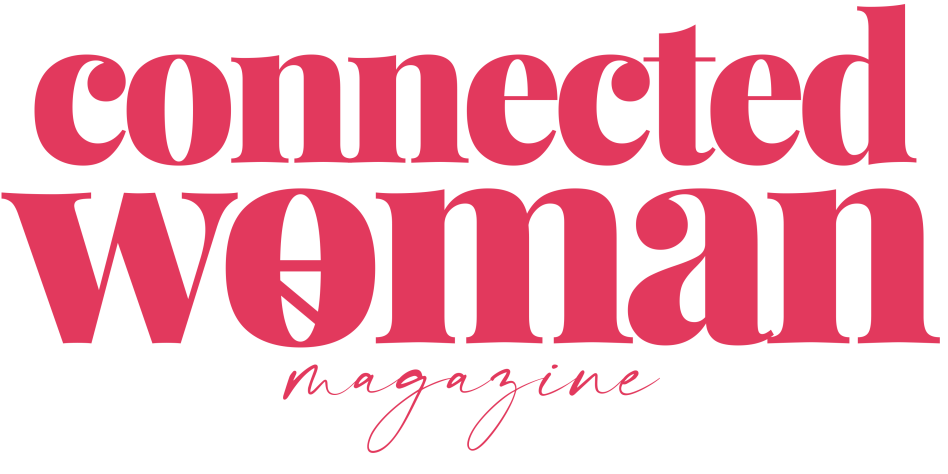The Real Problem With The Media’s Beauty Standards
By Andrea Fai
Finally, it looks like significant change is happening in the corporate media. No longer are only ultra-thin women meeting its previously very rigid beauty standard – or what it’s really been – an acceptability standard for women.
 Women with actual fat on their body (gasp!) are now increasingly represented in mainstream television and even glossy magazines. Not only are they appearing, they are being presented as examples of great beauty.
Women with actual fat on their body (gasp!) are now increasingly represented in mainstream television and even glossy magazines. Not only are they appearing, they are being presented as examples of great beauty.
Sports Illustrated featured on its cover the gorgeous model Ashley Graham in 2016, which made international news because she is by traditional media standards about 70 pounds overweight.
Graham is now going to be a judge on the panel for the show “America’s Next Top Model” with Tyra Banks.
The popular HBO show “Girls” made headlines over the past few years because it revealed actual cellulite on one of the stars of the show. Glamour magazine followed suit by displaying on its cover the four stars, one of them boldly fat, her cellulite purposefully exposed.
Cable TV, YouTube, and other forms of alternative media distribution set the precedent a decade and more earlier. They have allowed us to see real bodies represented on video on a regular basis.
Now, the corporate media itself is changing. Actresses on TV commercials, female weather forecasters, even pop stars… It’s happening. Women who are larger than scarecrow thin are no longer banned from representation as being normal, and even beautiful, people.
What a victory – or so it seems. After all, for decades, feminists, concerned parents, and “plus-size” activists have been objecting to the media’s presentations of ultra-thin women as the measure of female beauty, and the required body type to even qualify to be a star.
They argued that this standard puts almost every woman alive, even lean women, in the “too fat” category, and that it leads many girls and women to develop and anorexia, bulimia, and the kind of dieting that ultimately leads to binging.
Corporations like Dove have listened. The mainstream media are adjusting to these demands. The basic tenets of public discussion on “body image” and the representation of women have shifted. It’s progress, for sure.
But something’s missing here. Something about as big as an elephant in a room.
It’s something that has everything to do with why so many women and girls have “body image” issues in the first place, and why so many develop eating dysfunctions.
That something isn’t simply about an inflexible or unrealistic or even physically unhealthy beauty standard.
It’s also about how women’s beauty is treated. It’s about how women’s bodies, however diverse in size and color and age, are depicted.
To put it in feminist terminology: the problem is sexual objectification.
The Sports Illustrated cover featuring the beautiful Ashley Graham might have sent the message to women who are larger than scarecrow thin that they, too, can be sexually desirable at the weight they are.
But is this a message about respectful desire? Or something else?
Do the photos of the three featured women of diverse body types elicit from the male viewer: a respect for women’s boundaries, an acknowledgement of their self-possession and their complex humanity, and the understanding that a woman’s sexuality is shared only with those a woman chooses to share it with?
Or does it send the message to the male viewer that the complex humanity of women who turn them on isn’t actually real, or doesn’t matter? Does it send the message that women don’t have meaningful sexual boundaries? And that women aren’t selective in whom they choose to share their sexuality with because – just look – these three diverse models who have what many consider to be the best job in the world for women – modelling – are all offering it to the camera and to millions of anonymous male viewers, no criteria needed?
Girls and women don’t develop low self-esteem, body image complexes, and eating dysfunctions simply because their body type isn’t represented in the media.
That’s part of the problem. But it’s not the most important part. In fact, the tight control over an outer beauty standard is actually just a facet of the real, deeper problem – and that deeper problem is the disrespectful portrayal of women. The portrayal of women – and even girls – as sexual objects.
Not every woman will agree that sexual objectification of women is a form of disrespect. Some women feel that embracing that role is a way to claim their femininity, and that the sexual attention they get from that isn’t disrespectful.
I would argue that what they are enjoying is the alleviation of open disrespect and disregard.
For men who have learned to objectify women, the prelude to “getting some” looks sort of like respectful behavior – smiles, nods, attention, maybe some gentlemanly courtship.
But if the men giving the attention don’t see a complex, inherently self-possessed human being when they see a woman presented as a sexual object, there’s no realness in their show of respect.
If you read accounts from women and girls about how their eating disorders started, most refer to sexual abuse in the family, sexually objectifying comments tied in with the ultra-thin beauty standard, and being overly influenced by that ultra-thin beauty standard in the media – after their self-esteem is low.
And low self-esteem comes from being treated as if invisible. It comes from being treated as if one’s insides, one’s infinitely complex humanity, is not real or significant.
It comes from being represented in the ubiquitous media as if one doesn’t have the physical and sexual boundaries that people who matter have. The kind of boundaries that need to be respected. It comes from being treated as if one is an object for someone else to use – whether or not the “object” is designated as “beautiful.”
In response to the culture’s objectification, most of all in the media, women and girls learn to objectify themselves.
A girl’s natural perception of herself which she inherently has as a young child shifts from being the important subject of her life – the one who experiences her body, who experiences the world – to being an object for the viewing pleasure of others.
She still has the needs of a subject, of a real, infinitely complex person, but her self-perception is shaped by the treatment she receives, and by the cultural representation of people who look like her.
She starts to conceive of herself in terms of images. The images that the media represents. The images that she knows others (who are also trained by the media) see when they look at her.
You could say that a “poor body image” issue results.
But a human being doesn’t naturally think of her own body primarily in terms of an “image.” Her conception of her body is naturally – before self-objection – multi-sensory.
This natural self-conception includes her visual understanding of her own body from the outside, but – before the self-objectification is internalized – her inner experience of her body isn’t separate from her visual image of it.
If we aren’t objectifying ourselves, we naturally associate our visual impression of ourselves with our internal experience of ourselves.
When we have this natural perception of ourselves, we don’t define ourselves according to a “body image.” We don’t think of our body primarily from an outside viewpoint, as if we were someone else looking at our body.
It’s not that a self-possessed person doesn’t care about her appearance. The opposite is true. When we feel self-possessed, we care about our appearance because we are proud, in a healthy way, of who we are.
Some in the “body positivity” movement have said that women’s appearance is emphasized too much in the media, and that women’s qualities other than physical appearance should be valued instead.
I think what they are intuitively objecting to is the media’s objectification of women’s appearance.
Appearance does matter – because we matter. Our appearance is part of our wholeness.
It’s the internalized separation of body from selfhood – self-objectification – that needs mending.
It’s the sexual objectification of women and girls in society that needs changing.
When we are self-possessed, we love our body without ever having to reflect on whether we love our body.
We love being alive, we love being ourselves, we love being in an amazing human female body, amazing because it is alive, and it gives us life.
We are all by nature self-possessed – before our relationship with our body is severed by the violent and the subliminal insistence throughout society and throughout the media that the female body does not signify human selfhood. Instead the female body is conceived of and presented as if it is publicly accessible, until it has been privately claimed by someone other than the human self in that female body.
The natural self-love we are all born with is injured or destroyed in this process.
The battle against the inflexible ultra-thin beauty standard seems to have been won, or at least victory is in sight. But the problem behind that beauty standard, why it was so injurious, and why it existed in the first place, is sexual objectification and disrespect toward women. It all begins with objectification.
It’s time to name that “invisible” elephant in the room.
The problem that’s currently identified as women’s and girl’s “poor body image” will continue until we launch another movement that effectively challenges the objectification of women and girls.
We already made some progress. Let’s keep going with making change.
Andrea Sasefran is the founder of Women and Food EMPOWERment, a new, revolutionary program that helps women develop a healthy relationship with food, without struggle, without willpower, and without deprivation, through the EMPOWER system. Visit her website at http://www.anewepoch.org. You can download her free eBook “How to Naturally Become a ‘Normal’ Eater” at https://stepintoanewepoch.lpages.co/healthy-relationship-with-food/.
Article Source: http://EzineArticles.com/expert/Andrea_Fai/2428704
http://EzineArticles.com/?The-Real-Problem-With-The-Medias-Beauty-Standards&id=9784767
